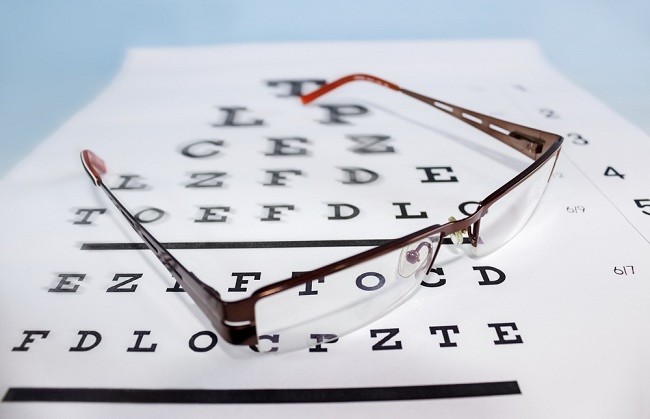There are bThere are many types of minus eye therapy. However, do not choose randomly. Proper therapy can prevent you from complications of minus eye. On the other hand, therapyminus eye which is not as recommended by a doctor can actually harm your eyes.
If you have minus eyes (nearsightedness/myopia), you can't see objects that are far away, but you can see things that are near. This is because the light that enters the eye is not focused exactly on the retina, but in front of the retina.

Minus eye therapy cannot only be done by consuming certain supplements or foods. Minus eyes also can not be cured with the practice of focusing the gaze. These methods can only slow down the increase in minus and prevent further eye damage, without curing it.
Now, In order to see objects that are far away clearly again, you will need to undergo minus eye therapy to focus light on the retina, either by using lenses or through surgery.
Minus Eye Therapy Recommended by Doctors
For those of you who are increasingly uncomfortable with the use of glasses or contact lenses, but are not familiar with the available minus eye therapy options, here is a brief description of minus eye therapy procedures that you can consider:
Corneal refractive therapy or orthokeratology
This minus eye therapy does not require surgery, but you must wear special contact lenses. This lens serves to correct the curvature of the cornea of the eye by gradually pressing the cornea.
With this method, light will fall directly on the retina and you can see far distances more clearly. These contact lenses are worn at night and worn like regular contact lenses.
Laser Eyes
The principle of laser eye is to improve the shape of the cornea of the eye using a laser beam. The cornea of the eye is composed of two layers, namely the inner layer (stroma) and the outer layer (epithelium).
Minus eye can be caused by the shape of the cornea of the eye that is too convex. With laser therapy, the cornea of the eye can be made thinner, so that light can fall directly on the retina.
There are 3 types of laser eye surgery based on how the cornea is repaired, namely:
- PRK (photorefractive keratectomy)
PRK is performed by removing the outer layer or epithelium of the cornea. After that, the inner layer or stroma of the cornea will be scraped off using a laser beam. This method can flatten the cornea, so it can overcome minus eye.
The epithelial layer will then grow by itself over time and will adjust its shape to the shape of the corneal stroma that has been repaired by the laser light.
- LASEK (laser epithelial keratomileusis)
LASEK has a principle similar to PRK, namely by removing the corneal epithelial layer, then flattening the corneal stroma layer using a laser beam.
The difference with the PRK method is that the epithelial layer removed from the cornea of the eye is not removed, but is reattached to its original place.
- LASIK (laser in situ keratomileusis)
LASIK is performed by making thin incisions in the epithelial and stromal layers, without removing them from the cornea of the eye. After that, the stromal layer will be repaired using a laser beam, then the thin slices will be glued back into place.
With laser therapy, the minus in the eye will be reduced, so that the size of glasses or contact lenses can be reduced or even no need to be used at all.
LASIK and LASEK are usually painless and have a shorter recovery period than PRK which can last for months. In LASIK and LASEK, the recovery period is only a few hours or a few days.
Lens Implant
This is a relatively new type of minus eye therapy. Intraocular lenses that are implanted or implanted into the eyeball will focus light precisely on the retina so that vision will be clearer.
Similar to corneal and laser refractive therapy, this minus eye therapy is considered safe. However, lens implants are still rare, limited, and preferred for people with very severe nearsightedness.
Discuss with an ophthalmologist to determine minus eye therapy that suits your eye condition. The doctor will explain the therapy you will undergo in detail, including preparation, recovery, and side effects that can occur.









